Friday, 18/12/2015 15:57'(GMT+7)
Garden illustrates President Ho Chi Minh’s image
Different models were built in a garden in the Yen Tho secondary school in Dong Trieu town, the northern province of Quang Ninh to illustrate the revolutionary process of President Ho Chi Minh.
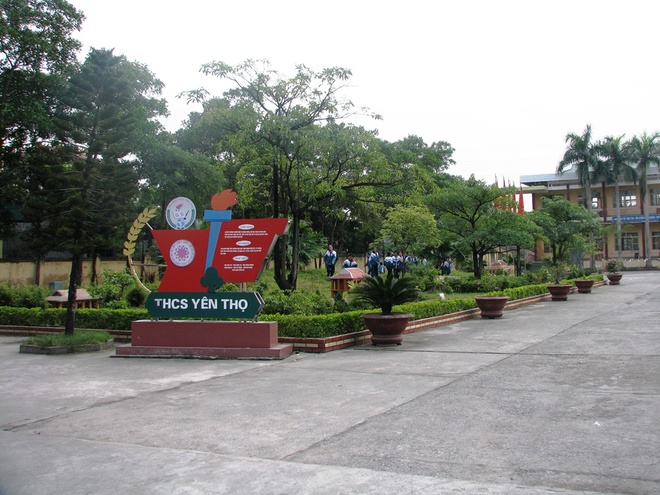 |
| The garden which names the revolutionary process by President Ho Chi Minh was built in the campus of the Yen Tho secondary school in 2014. |
|
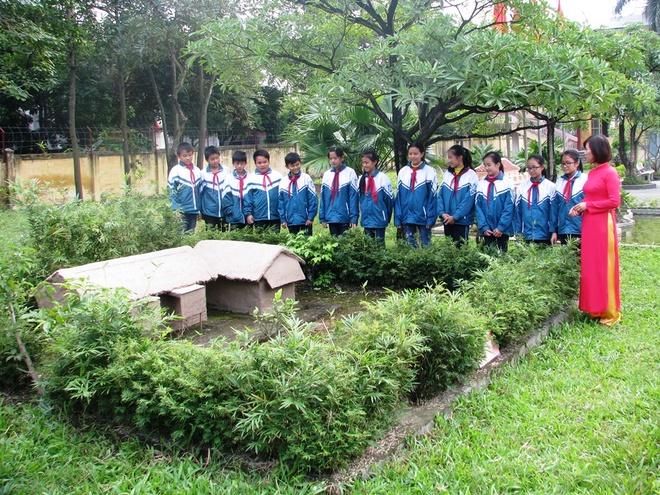 |
| The model of the house in Sen village in Kim Lien commune, Nam Dan district, Nghe An province, President Ho Chi Minh’s fatherland. |
|
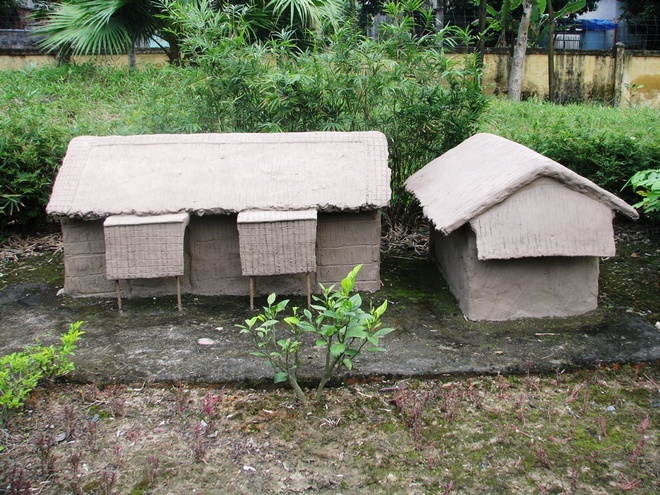 |
| The house is built simply and naturally. |
|
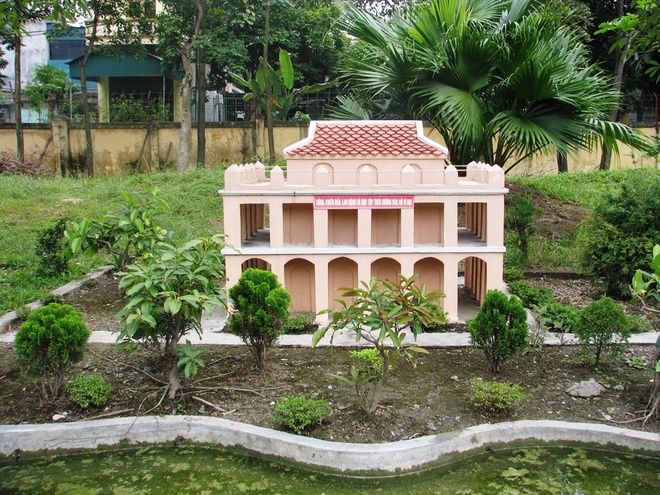 |
| The model of Rong (Dragon) House where patriotic youth Nguyen Tat Thanh left the country on June 5th, 1911, seeking ways for national liberation. |
|
 |
| “The models are arranged in connection with Uncle Ho’s timeline of revolutionary process, which helps pupils study history better,” said Bui Ngoc Ha, a pupil at the 9th grade. |
|
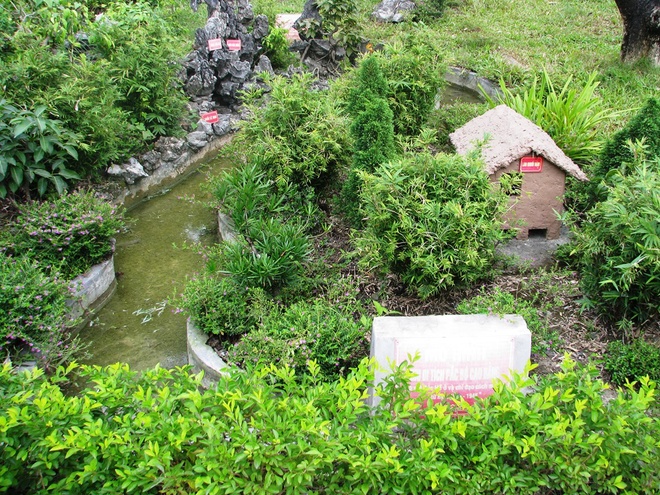 |
| Thirty years after leaving the country, in early 1941, President Ho Chi Minh returned home. In the picture is the model of Pac Bo relic in Cao Bang province where President Ho Chi Minh lived in and led the revolution from 1941 to 1945. |
|
 |
| Khuoi Nam shack where President Ho Chi Minh lived and worked from March, 1941 to May, 1945. |
|
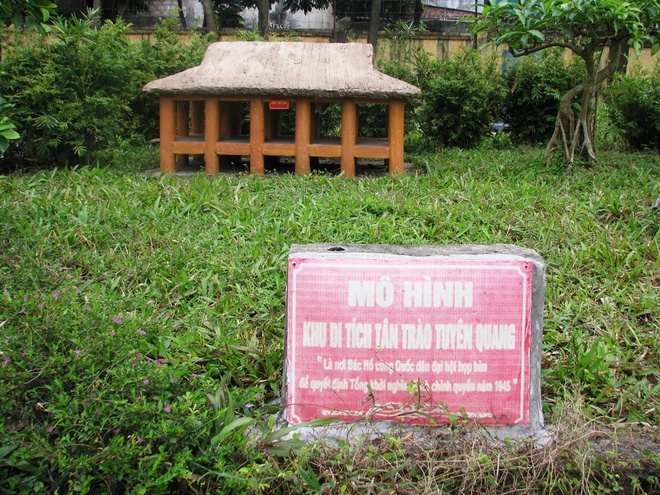 |
| The model of Tan Trao communal house in Tan Lap village, Tan Trao commune, Son Duong district in the northern province of Tuyen Quang where the national congress was held in 1945 to adopt the general uprising for seizing power in August, 1945. |
|
 |
| The model of house on stilts in Hanoi where President Ho Chi Minh lived and worked for the longest period of time in his revolutionary process. |
|
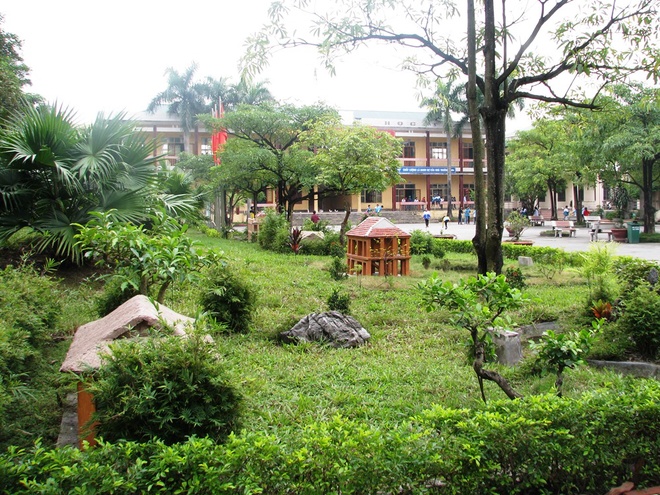 |
| According to Le Thi Thuy Lieu, headmistress of the school, the models were built to help pupils find more enthusiasm to study history. “They also aimed to educate pupils in studying and following President Ho Chi Minh’s example in ethics,” she said. |
|
BTA
Photos: VnExpress